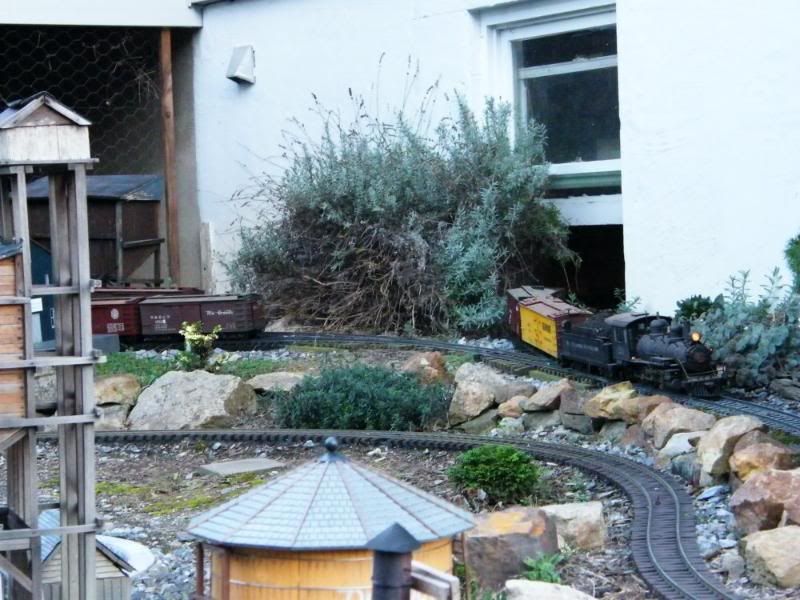…Time is a restraint, when setting up for an operation, as is how true to prototypical practices a person wants to be.
We average just under an hour, for the guys to put out the cars, using the “Bread Tray” method.
There is more to our use of bread trays as storage units. They also act as part of the car location system.
Each tray is labeled, with clip on cards, showing general locations for the cars in the tray. At the locations on the actual railroad, lists generated by the RailOp program, designate where each individual car is supposed to be placed at the start of operations.
At the end of an operation, the cars are placed in trays with attached cards, noting where the cars were located.
Since RailOp allows for a continuing program of operations; the trays are then ready for the next operating day.
There are always a few cars out of place, but this is handled easily by one person who looks up any misplaced car on the master list. We seldom have to do a complete “Resort” of the cars, but two of us can do it in little more than a hour.
With a railroad like the IPP&W; it would be great to have a number of storage cabinets, located around the railroad, to cut down on the distance a tray needs to be carried, but due to space limitations, we have most of the storage at one end, and a smaller space at the other.
If I could start over; I’d use the same system, but would build more smaller cabinets spread out along the pike.
Storage has to be well planned to prevent damage to the rolling stock. The latest models on the market are getting rather delicate for handling and storage. Storing them in their own boxes seems to see parts falling off every time they are removed from the boxes. This is one reason I gave up an attempt to go into the 1:20.3 scale railroading. Storage would have been a rather large problem…the stuff is just too delicate for practical purposes, from my experience of owning over 40 cars at one time in my life.
Bread trays need to have a foam sheet layed on their bottoms to protect damage, and most will easily handle 5 cars in 1:22.5 scale, or the same in 1:29 scale as long as you don’t get into those new long modern cars. We just took our two Evans box cars out of service, due to their length.
…Modern passenger cars are another story, if you have the Aristo heavy weights, or the USTrains long ones…We still have not found a great way to store them, but then we don’t need many for our limited passenger services.




